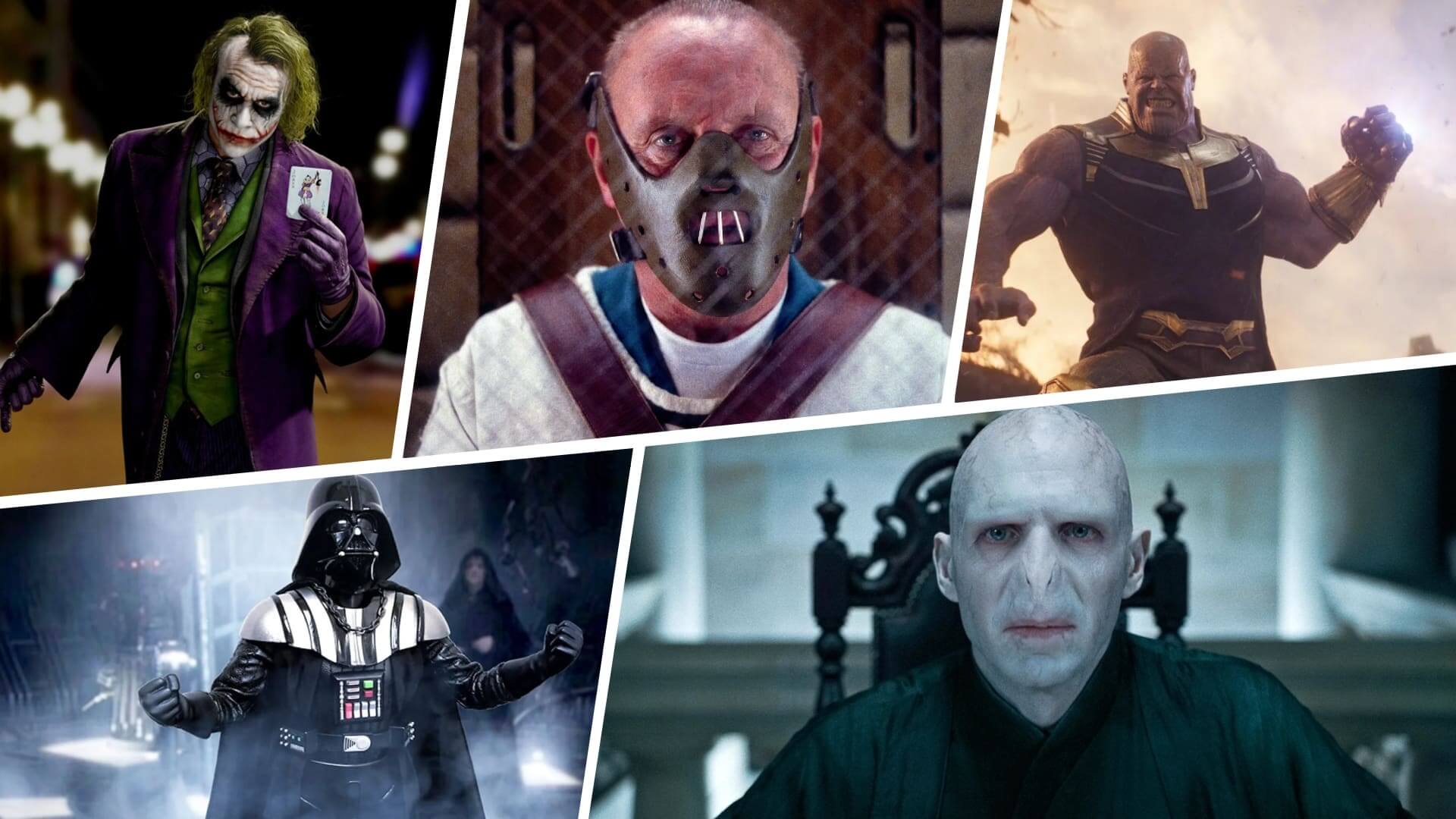There is no doubt that cinema and literature are filled with iconic heroes. But often it is the relationship between villain and hero that makes the hero so iconic. In this article, we’ll take a look at how to define a villain and how they might differ from an antagonist in a story. We’ll also analyze some iconic examples and what characteristics they share on their path to villainy.
What Does Villain Mean?
First, let’s define villain
The first step in understanding what makes someone a villain different from other character archetypes is understanding their core characteristics. Before we explore some of the best villain examples and how they work, let's start with a quick definition.
VILLAIN DEFINITION
What is a villain?
A villain is defined as an evil or wicked character that enacts evil action and/or harms others. A villain may have a justification for their actions that is in line with their own principles, but their actions inflict harm and create ruin in the process. This is not the same as an antagonist. There is overlap between them but they're not always the same. The antagonist is simply the main obstacle attempting to thwart the protagonist from reaching their goal.
Iconic villain examples:
- The Joker
- Darth Vader
- Lord Voldemort
- Hannibal Lecter
Villain Meaning & Types
Villain vs. antagonist
Throughout the history of villains, they are also antagonists and vice versa. However, the two terms are not exactly synonymous. Given our definition above, it contrasts in key ways to the definition of antagonist. What is a villain and what is an antagonist?
An antagonist is the force of a story that the protagonist contends with; whether it be human, natural or supernatural. Antagonists do not always have evil intentions, but are defined by their force against the story’s protagonist.
To better understand how an antagonist hinges on their relationship to the protagonist, take a look at this video.
Antagonist Explained • What is a villain in a story
This video explores how his function as an effective antagonist is dependent on challenging the protagonist. The Joker is a villain because of his intent to cause harm and chaos through his actions against the protagonist.
On the other hand, we can look at the film Catch Me If You Can. In the film, Frank Abagnale (Leonardo DiCaprio) is the protagonist of the film and Carl Hanratty (Tom Hanks) is the antagonist looking to catch Frank.
What does villain mean in this plot? It is difficult to call Carl a villain because he does not have evil intent, but rather lawful intent in catching Frank. Yet, he is undoubtedly the antagonist in the film.
Related Posts
Types of Villains
The Villain Protagonist
A less common use of the this archetype in cinema and literature is the villain protagonist. What is a villain protagonist? They are simply a protagonist who exhibits villainous traits.
These characters might possess some redeeming qualities. But at their core they are still villains due to their intent to harm others or their evil intentions.
Learn more about this character type in our full video breakdown below.
What Makes a Good Villain? • Subscribe on YouTube
As you can see, the villain archetype is defined by the characteristics of a character more so than their function in a story. Let’s take a look at some iconic examples that have been used as both antagonists and protagonists in cinema.
Related Posts
Villain Examples
Iconic villain characters
Cinema is filled with iconic villains that have left an impression. Whether it be the performance, the chilling dialogue they deliver, or the amazing production design that brought them to life. The list of villain tropes is quite extensive.
Oftentimes, iconic villains are created from a combination of all of these components. A great example of this is Anton Chigurh in No Country for Old Men, one of the Coen Brothers’ best films.
Chigurh is a personification of evil and death as he moves through the story. His role as a the bad guy is undeniable as we are introduced to him through his violence. In this video, we analyze what makes Chigurh such an iconic villain and how he was brought to life in the film.
What is a Villain in Story? • Subscribe on YouTube
Another iconic example that was used as the protagonist is Louis Bloom from the film Nightcrawler. While clearly the protagonist of the film, Louis right off the bat demonstrates actions that impart harm and evil. Just take a look at this opening scene from Nightcrawler.
Nightcrawler Opening Scene
While not all the time, villain protagonists are often anti-hero characters as is the case in Nightcrawler. Louis Bloom’s clear self-interest and evil intentions and actions in means of accomplishing his self-interested goals makes him both villainous and an anti-hero.
The stereotypical villain can be incredibly evil, disturbing characters. They are also some of the more iconic characters in storytelling. It can be easy to create one-dimensional, flat characters. But looking at some of the best villains in film and in storytelling will teach you what makes one great.
Related Posts
Up Next
What is an Antagonist?
Like we mentioned in the article, a villain is often the antagonist of a story. To dive deeper into the role of an antagonist, what defines one, and how to create a great antagonist, check out our next article.
Up Next: Antagonists explained →
Showcase your vision with elegant shot lists and storyboards.
Create robust and customizable shot lists. Upload images to make storyboards and slideshows.
